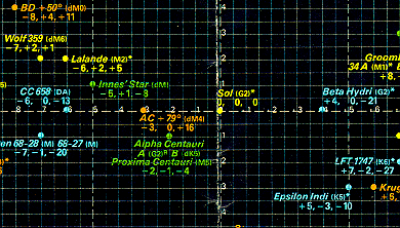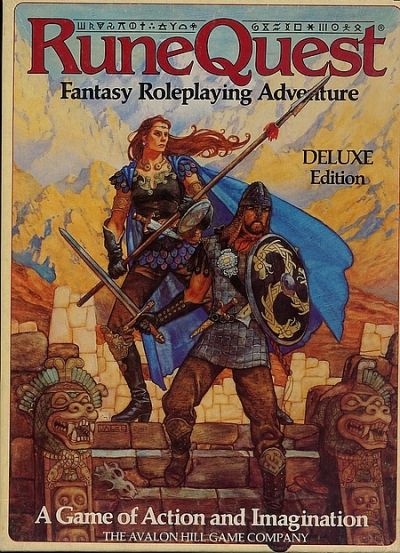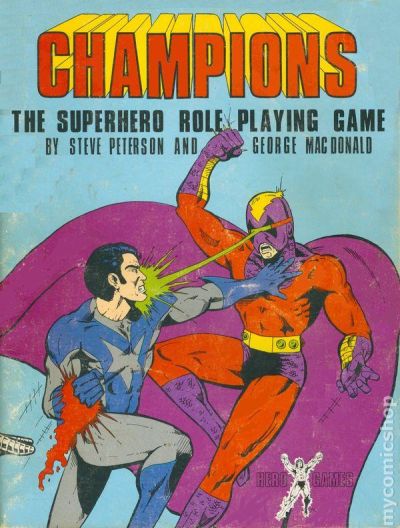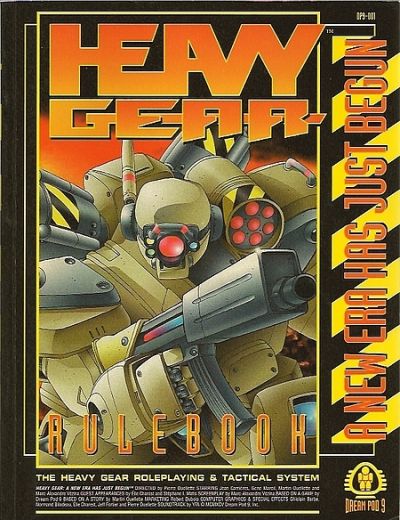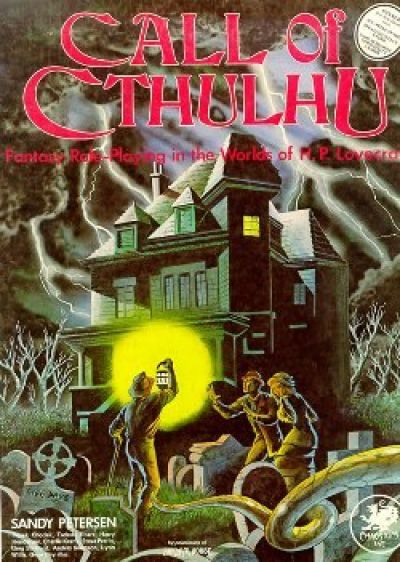
Number ten in my hit-list of cool RPGs that I never actually played: from GDW, Frank Chadwick, Timothy B. Brown, Lester W. Smith, and Marc W. Miller's Traveller: 2300, later renamed 2300 AD. Despite the first edition's title, T2300 had nothing to do with GDW's flagship science fiction roleplaying game. Instead, it was a sequel to Twilight 2000. Three centuries (which the company gamed out) was long enough for humans to recover from the Twilight War, although not long enough to replace the nation-state and empire with something less pugilistic, develop star flight and explore the nearer stars, where it did not take too long to encounter aliens, peaceful and otherwise.
T2300 had many interesting features: alien aliens, an attempt to provide a hard SF RPG, and most notably the Near Star map, which did its best to provide a three dimensional map of the stars within 50 light years of the Solar System. It also had ... issues, from the confusing product name to playtest/proofreading issues that meant that _as written_, nine in ten characters were permanently comatose. Thus the 1988 second edition, renamed, polished, and expanded.

As I recall, GDW even allowed people with the first edition to swap the original box set for the second edition rather than making them pay for the same game twice.
The big background event was an ongoing war between humans and the alien Kafer but near space was a big place and it was possible to run games in regions of space unaffected by the war.
Alien races proved fairly common in our neck of the woods. In fact, there were enough for rather disquieting patterns to emerge. Common pathways for technological species included self-extermination (near miss for humans and Eber, success for the Little Guys and maybe the Medusae as well), and domination by a more powerful species (the Song, the Xiang, and the Ylii, with the Klaxun an edge case because humans had only just discovered the stone age aliens). Humans and Kafer were avid empire builders, keen on dominating other species [1]. Although humans were not aware of the fact, neither humans not Kafers were the most advanced species around: locally, that was whatever created the Pentapods, and on a grander scale there was something building dimensional bridges between the core of the galaxy and the outer arms.
The system was well supported, although the quality of the supplements was a bit hit or miss. Later on, GDW stitched on cyberpunk elements in an attempt to keep up with fashion.
We never played the system as written but we did use it for a locked room murder mystery IN SPACE, and a campaign, both using the HERO system.
1: It happened that humans had characteristics that inflamed Kafer paranoia, so there would have been conflict regardless of empire building.
